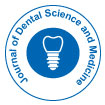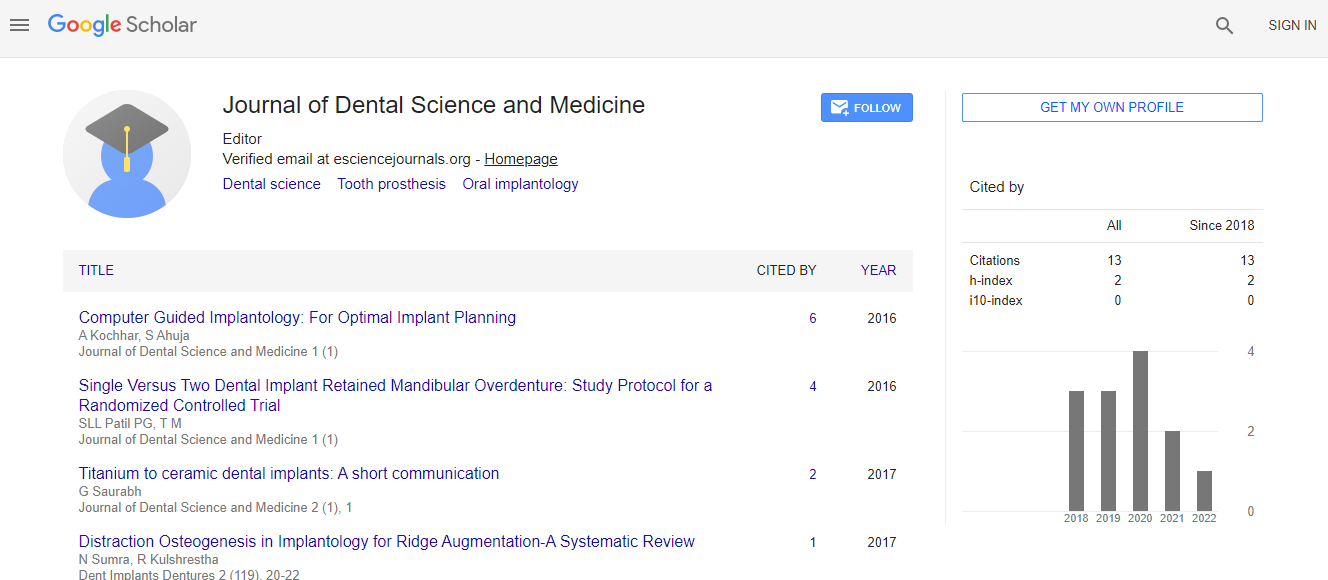Regenerative pulpotomy: A novel strategy for local regeneration of dental pulp
*Corresponding Author:
Copyright: © 2017 . This is an open-access article distributed under the terms of the Creative Commons Attribution License, which permits unrestricted use, distribution, and reproduction in any medium, provided the original author and source are credited.
Abstract
The major goal of all restorative procedures is to maintain the viability of the dental pulp whenever possible. Over the last few decades, minimally invasive endodontic techniques have been introduced and have received wider acceptance over conventional treatments. These techniques could serve as viable, less invasive, potential treatment options for the management of teeth with inflamed pulps compared to the conventional approach of root canal treatment, preventing unnecessary dental extractions.
Minimally invasive techniques are based on the ability of the remaining radicular pulp to recover following the removal of the infected coronal pulp tissue and placement of a suitable medicament.
Dental pulp stem cells were isolated from irreversibly inflamed pulp tissue, maintaining the potential of cell proliferation and differentiation, Serving as a source of endogenous multipotent cells needed for the regeneration of the pulp-dentin complex. This has changed the general understanding of a clinical diagnosis of irreversible pulpitis and its management, particularly in the era of improved understanding of the healing process and regeneration of the pulp-dentin complex, cases traditionally deemed irreversible may in fact still be savable, thereby shifting the balance of what was irreversible towards reversible, when the correct treatment is applied
Despite these great improvements, various biomaterials have mild to moderate cytotoxic effects when they are placed in direct contact with the pulp tissue, also these techniques itself never lead to the regeneration of pulp or dentin that was lost in the coronal portion.
So a novel strategy for the local regeneration of dentin-pulp complex in the pulp chamber is introduced as “Regenerative Pulpotomy” based on the induction of the outgrowth of pulp cells, capillaries, and neurons from the residual root pulp using a biodegradable autologous scaffold.

 Spanish
Spanish  Chinese
Chinese  Russian
Russian  German
German  French
French  Japanese
Japanese  Portuguese
Portuguese  Hindi
Hindi 